7 Things You Didn't Know About American Chinese Food (Slideshow)
Chinese American dishes actually have multiple influences from many world cultures. Crab Rangoon, for example, is actually a French Polynesian-inspired dish from San Francisco. The Chinese Fortune Cookie is really more of a traditional Japanese cracker adapted for American Chinese restaurants, and many of the noodles used today are really Italian-inspired cuisine.
It Uses Vegetables That Aren’t Even Available in China
American Chinese cuisine is packed full of vegetables like carrots, tomatoes, and broccoli... problem is that none of these ingredients are native to China so very few traditional Chinese dishes were made with them. Traditional Chinese food actually uses a lot more green onions, daikon, and a bitter leafy broccoli. American Chinese food also tends to treat vegetables as a garnish, whereas in traditional Chinese cuisine, vegetables and rice (or noodles) are actually the main component of the dish.
The Hipsters Made It Popular
The West Coast bohemian culture really took to American Chinese cuisine in the 1920s, but it wasn't until after World War II that it started to become really popular. Originally there were two menus available — an American one and a Chinese one, each catering to different preferences, though soon the beatnik palate started to dominate and the American menu was left standing.
The Canned Food Industry Took It Mainstream
A big difference between American Chinese food and the more traditional variety is the proliferation of dishes with sweet syrupy sauces. This is because many of the ingredients used canned fruits like pineapple and cherries, which came drowned in sugary syrups. The sweet and savory combinations proved a hit with the American public and the cheaper canned ingredients kept the prices lower, which seemed like a win-win for everyone.
Today even though some eateries offer healthier versions of these dishes made with natural ingredients, those canned-food flavors still haven't changed... sweet and sour pork, anyone?
It Has Some "Interesting" Local Variations
American Chinese food has melded and adapted to satisfy a variety of palates across the U.S., from Chow Mein sandwiches in New England and the deliciously artery-clogging deep fried pupu platters, to a St. Paul's Sandwich further west in Missouri, which is basically an egg foo yung patty with lettuce, a pickle, and mayo between two slices of white bread.
Chinese Takeout Containers Used to Be Oyster Pails
Those little white-carton wire-handled containers that are synonymous with Chinese takeout are actually a uniquely American invention, a Japanese-influenced origami design from Chicago native Frederick Weeks Wilcox. The invention was an update on the wooden-box oyster pail, which was used to transport raw oysters from the harbor to the urban areas where they could be shucked on the spot. When the live oyster trade started to ebb, the wooden pails were used to bring Chinese food home from restaurants for quick and easy dinners.
It Actually Comes From California
American Chinese food had its early beginnings on the West Coast, where it was brought to California by immigrants from the southern Chinese district of Toishan. Through much of the subsequent history Chinese immigration was severely limited so Chinese American food stuck to those early dishes and evolved from them: such favorites include chop suey, egg foo yung, and sweet and sour pork. They were associated mostly with the poor, rural dishes that were not eaten by most Chinese people.
When immigration laws relaxed, the market was flooded with newer dishes from Taiwan and Hong Kong, which added to the concoction of what we now consider American Chinese food.
